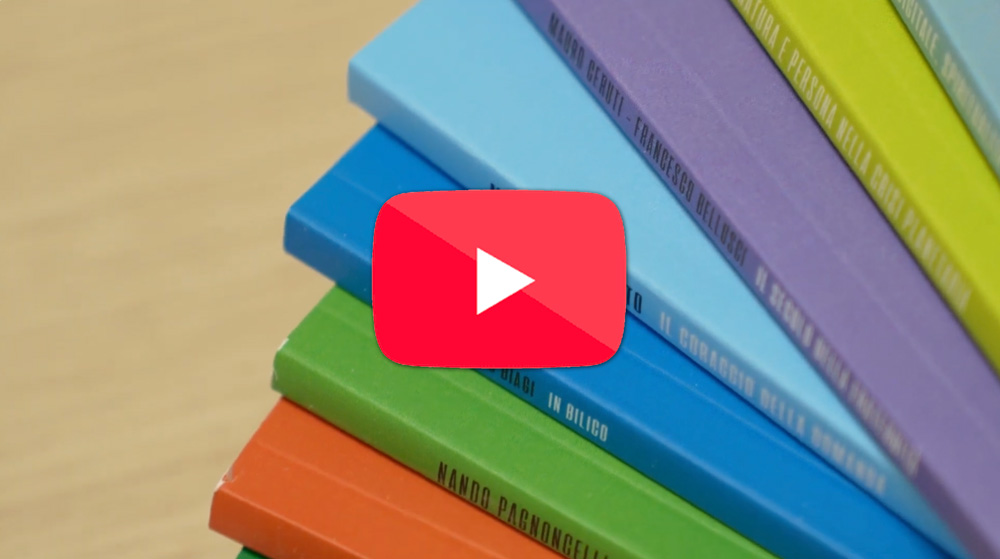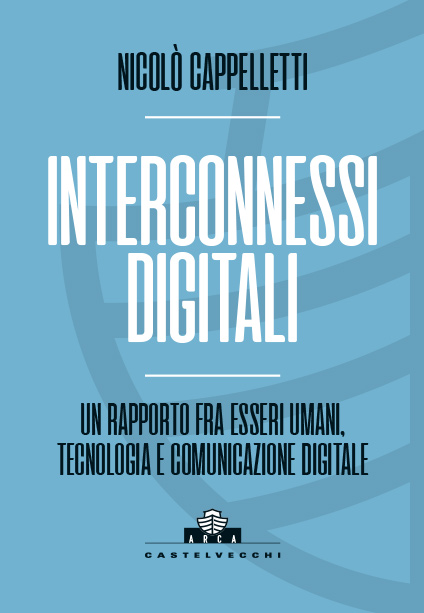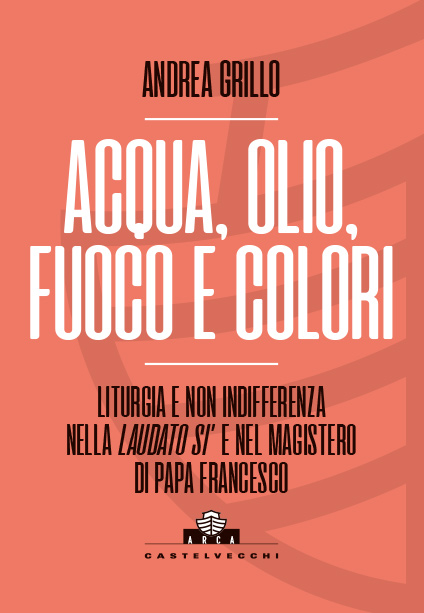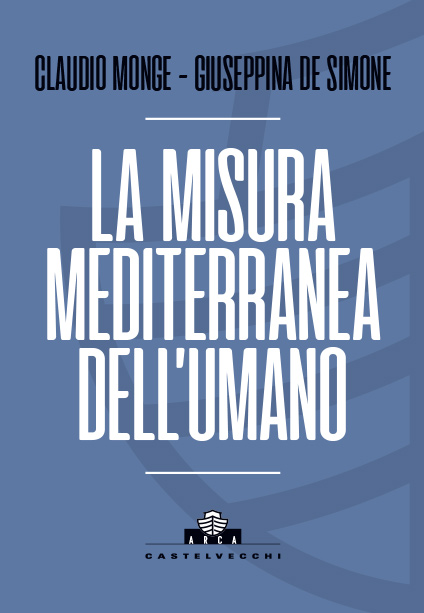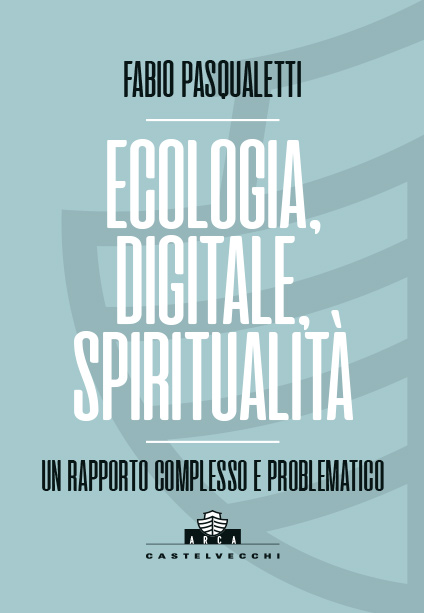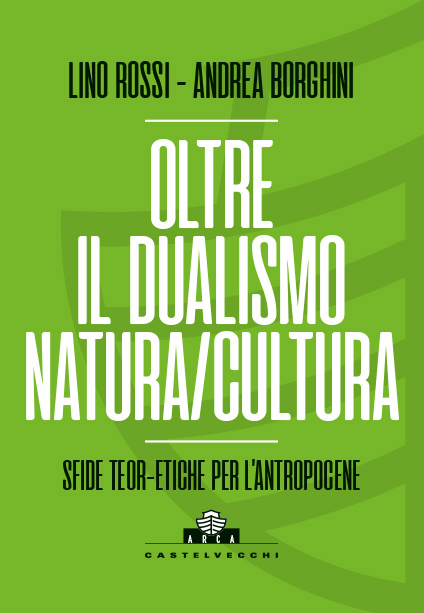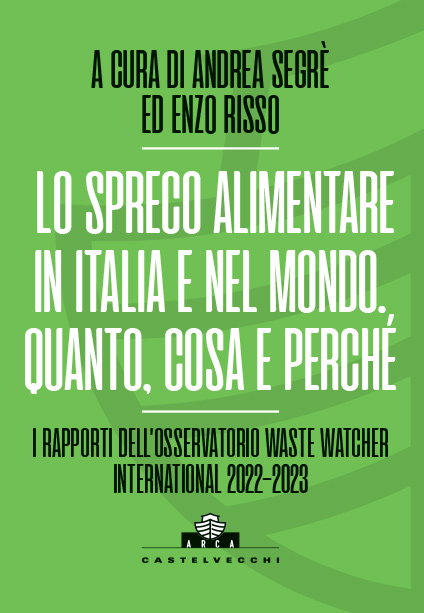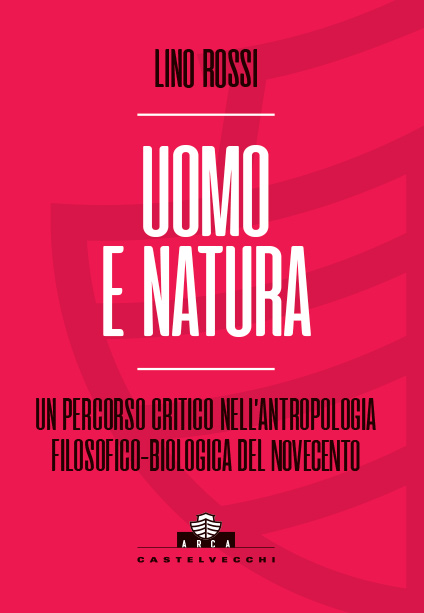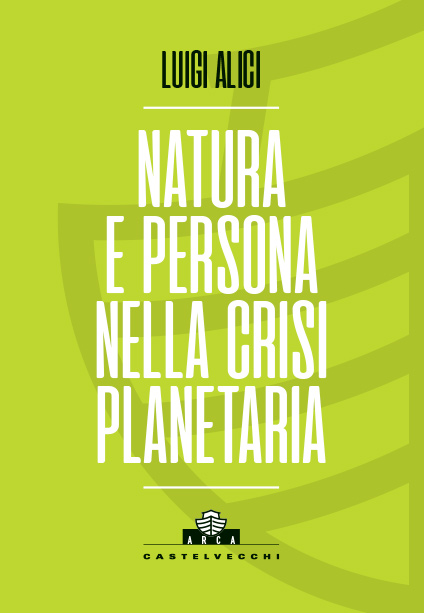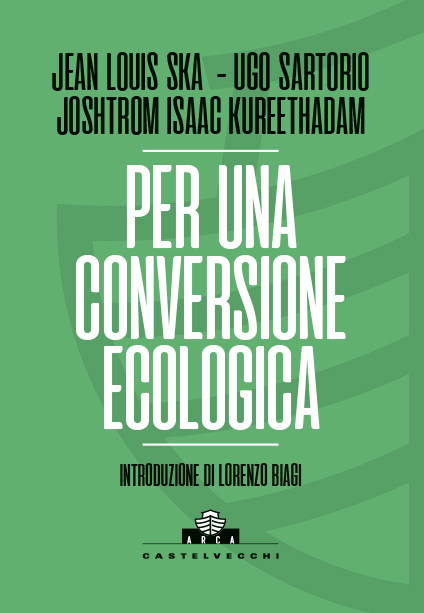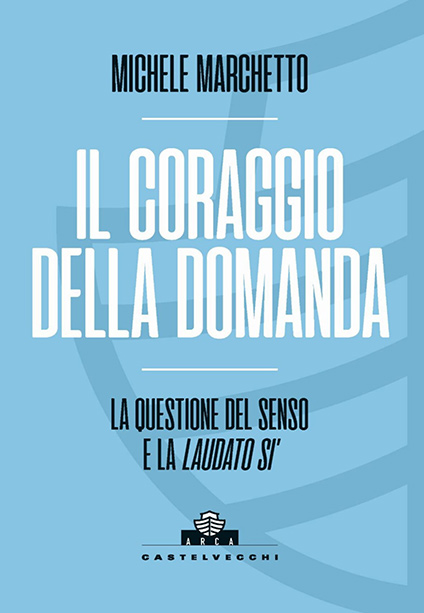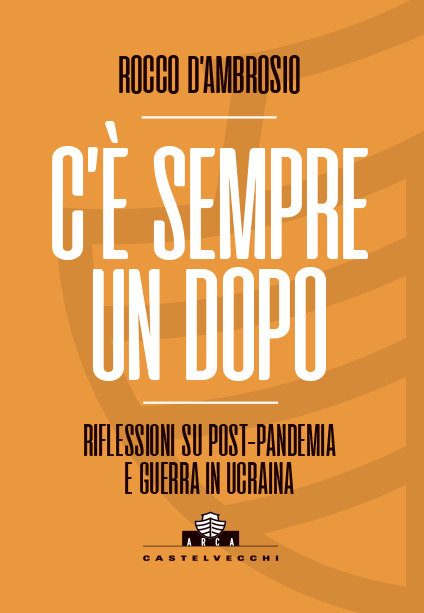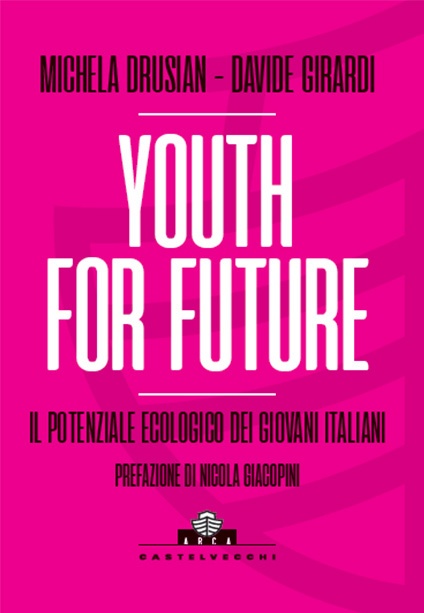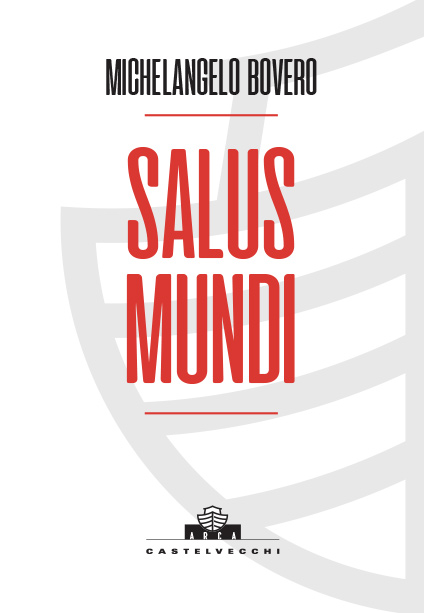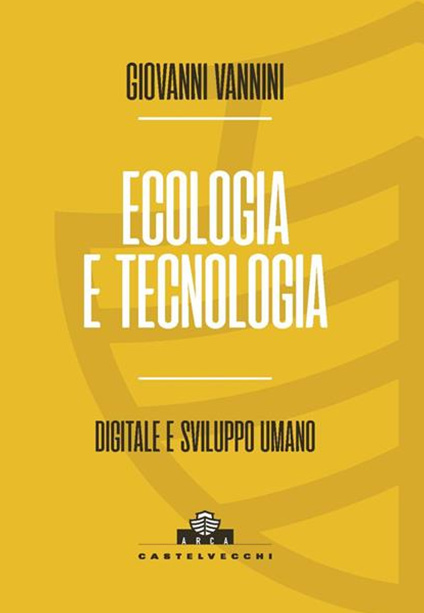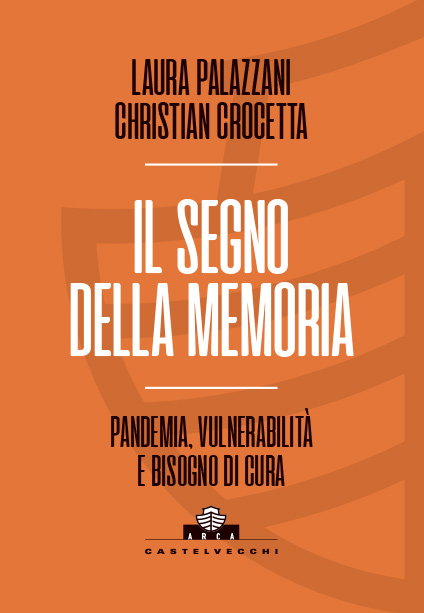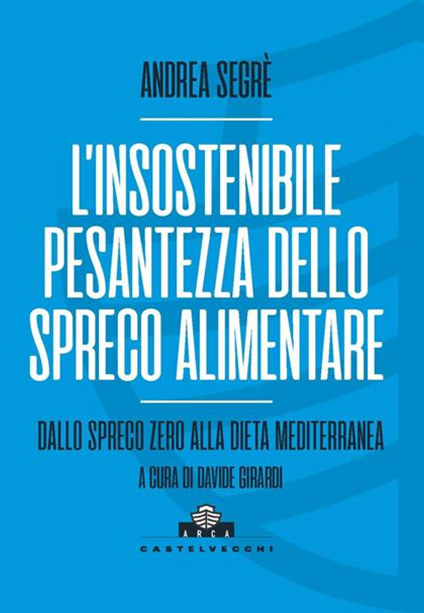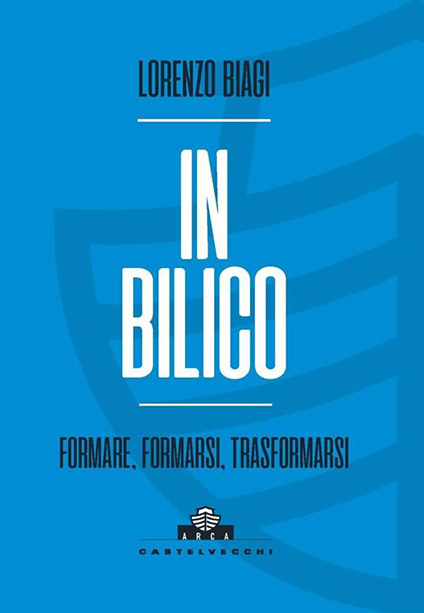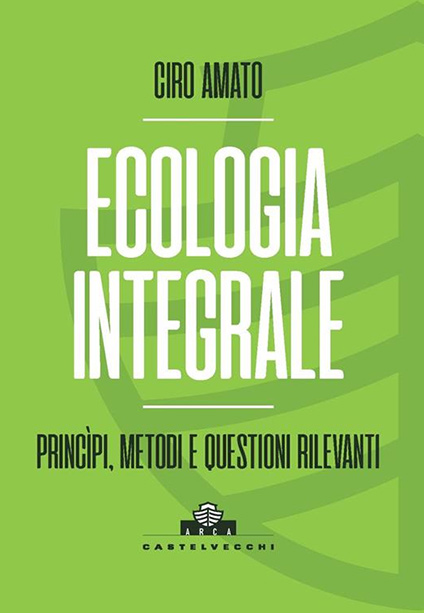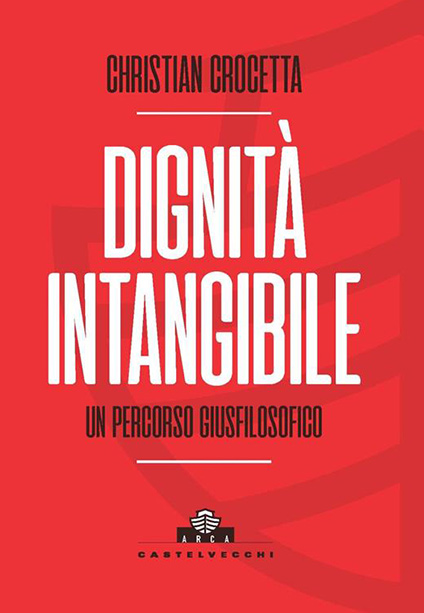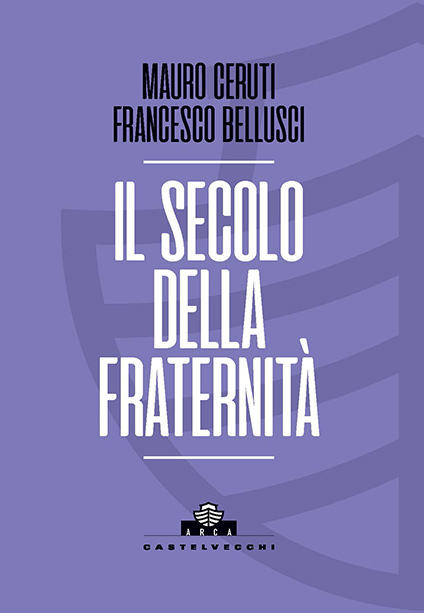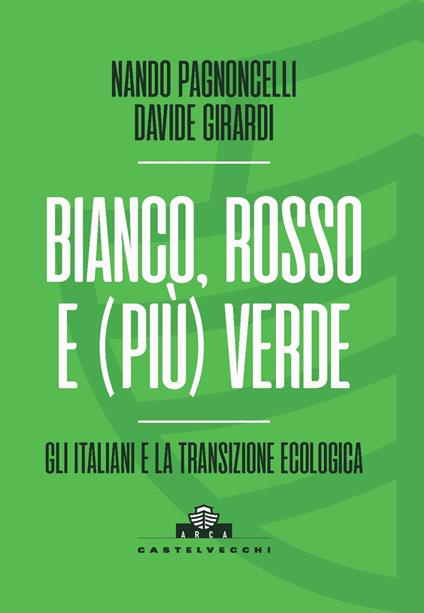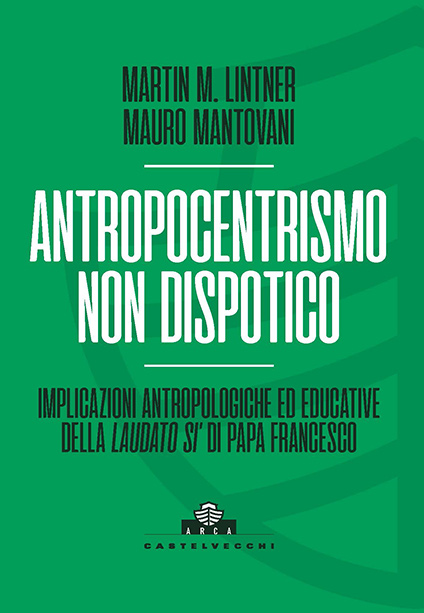Titolo: Photography as theatre. La rivincita della teatralità nella fotografia contemporanea
Tipo di pubblicazione: articolo
Anno di pubblicazione: 2013
Autore: Chiara Bertato
Rivista: IUSVEducation #02
Pagine: 102-129
Data di pubblicazione: dicembre 2013
Editore: IUSVE – Istituto Universitario Salesiano
ISSN: 2283-334X
Come citare: Bertato, C. (2013). Cos’è il cattivo gusto nell’arte contemporanea? IUSVEducation, 2, 102-129. https://www.iusveducation.it/cose-il-cattivo-gusto-nellarte-contemporanea/
Parole chiave: brutto, cattivo gusto, pregiudizio, comunicazione, sensibilità di gusto
Paper PDF: IUSVEducation_02_Bertato_CATTIVO_GUSTO_ARTE_CONTEMPORANEA.pdf
Abstract:
Il contributo nasce dal meta – progetto “Comunicare i nuovi codici teorici e segni grafici del brutto contemporaneo. Un percorso di analisi estetica per un progetto di condivisione web” – tesi di laurea magistrale sperimentale in Comunicazione integrata e design allo IUSVE di Mestre – Venezia – in un confronto diretto con Gillo Dorfles.
Il meta – progetto parte dall’ambizione di conoscere, avere coscienza e condividere una sensibilità di gusto estetico ad oggi ignorata, pur essendosi sempre più diffusa dagli anni Sessanta in poi.
La ricerca analizza e definisce i codici comunicativi storico estetici del brutto nell’arte per delineare i caratteri del cattivo gusto estetico in divenire e condividerli con gli stakeholder sui media più idonei a diffondere efficacemente una sensibilità di gusto equilibrata.
L’espressione autoreferenziale più frequente dell’ ‘uomo della strada’ di fronte ad un’opera d’arte contemporanea è: «lo potevo fare anch’io» , la quale denota il dominio del pregiudizio più che del giudizio di gusto consapevole e cosciente. La missione dell’arte contemporanea, pur soffrendo dell’«eterno presente» di Nietzsche, sembra non essere quella di produrre opere banali o bizzarre, ma quella di riflettere il contesto (brutto o bello che sia) che circonda l’uomo (sia esso autore od osservatore dell’opera d’arte).
Il comunicatore, professionista e l’ ‘uomo della strada’, ha l’onere e l’onore di educarsi ed educare al gusto, e alcattivo gusto in particolare, per sviluppare quotidianamente la propria e altrui capacità di esprimere giudizi digusto equilibrati su ciò che lo circonda e che, in un certo senso, è riflesso di sé.
Abstract:
The contribution comes from the meta – project “Communicating the new codes theoretical and graphic signs of bad contemporary. A path of aesthetic analysis for a project of sharing web” – the dissertation in experimental integrated communication and design at the IUSVE Mestre – Venice – also the result of a direct comparison with Gillo Dorfles.
The meta – project part by the ambition to learn, be aware and share an aesthetic sensibility of today ignored despite having more and more widespread from the sixties onwards.
The research analyzes and defines the historical, aesthetic and communication codes of the ugly in art to outline the characteristics of the bad taste in the making and sharing with stakeholders on the most appropriate media to effectively promulgate a feeling of taste balanced.
To date, the most common of self-expression ‘man of the street’ in front of a contemporary artwork is: «I could do it too», which denotes the domain of the injury rather than the judgment of taste conscious. The mission of contemporary art, though suffering of «eternal present» about Nietzsche,seems not to be able to produce trivial or extravagant works, but to reflect the context (ugly or beautiful) that surrounds the man (as he is author or observer of the work of art).
The communicator (expert of art’s work and ‘man of the street’) has the burden and honor to educate thetaste and in particular bad taste to develop their own and others daily capacity to make judgments of taste balanced on what surrounds it and that is a reflection of itself.
Keywords: ugly, bad taste, prejudice, communication, taste sensitivity











